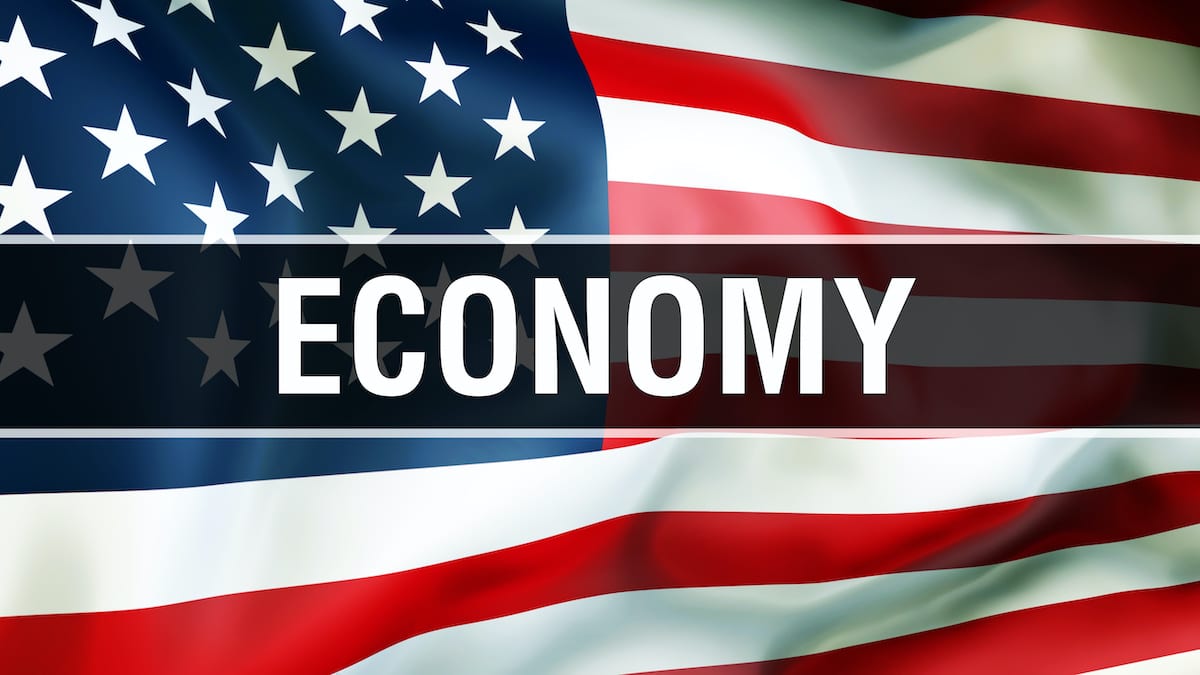Initial Jobless Claims 1.48 Million for Week Ending June 20, Insured Unemployment Falls
Jobless Claims Slightly Miss Forecast, Trend Down for 12th Straight Week
Washington, D.C. (PPD) — The U.S. Labor Department (DOL) reported initial jobless claims came in more than expected at 1,480,000 for the week ending June 20, a decrease of 60,000. The previous week was upwardly revised (+32,000) to 1,540,000.
Claims soared due to the mitigation efforts to slow the spread of the coronavirus (COVID-19), though have now declined for the twelfth straight week and of 58,000 from the previous week’s upwardly (+24,000) 1,566,000.
Forecasts ranged from a low of 1,250,000 to a high of 1,400,000. The consensus forecast was 1,380,000. The 4-week moving average was 1,620,750, a decrease of 160,750 from the previous week’s upwardly revised average (+8,000) at 1,781,500.
Nearly 49 million Americans filed initial claims for unemployment benefits as a result of the efforts to slow the spread of coronavirus (COVID-19). However, millions now appear to have returned to work given lagging data.
Lagging Jobless Claims Data

The advance seasonally adjusted insured unemployment rate was 13.4% for the week ending June 13, a decrease of 0.5 percentage point. The previous week’s rate was revised down by 0.2 from 14.1 to 13.9%.
The insured unemployment rate hit the first high of the current crisis at 8.2% for the week ending April 4. The all-time high prior to that was 7.0%, recorded in May of 1975. On April 11, it rose to 11.0% and 12.4% on April 25.
Under the Trump Administration, this rate had fallen to an all-time low 1.1% and remained at 1.2% just weeks ago, as recently as March 14. But that was before coronavirus (COVID-19) mitigation efforts.
The advance number for seasonally adjusted insured unemployment during the week ending June 13 was 19,522,000, a decline of 767,000 from the previous week. The previous week’s level was revised down by 255,000 from 20,544,000 to 20,289,000.
The 4-week moving average was 20,421,250, down 329,750 from the previous week. The previous week’s average was downwardly revised by 63,750 from 20,814,750 to 20,751,000.
During the week ending June 6, Extended Benefits were available in the following 44 states: Alabama, Alaska, Arkansas, California, Colorado, Connecticut, the District of Columbia, Delaware, Georgia, Hawaii, Idaho, Illinois, Iowa, Kentucky, Louisiana, Maine, Maryland, Massachusetts, Michigan, Minnesota, Mississippi, Missouri, Montana, Nevada, New Hampshire, New Jersey, New Mexico, New York, North Carolina, North Dakota, Ohio, Oklahoma, Oregon, Pennsylvania, Puerto Rico, Rhode Island, South Carolina, Tennessee, Texas, Vermont, Virginia, Washington, West Virginia, and Wisconsin.
The highest insured unemployment rates in the week ending June 6 were in Nevada (22.6), Puerto Rico (20.6), Hawaii (18.3), New York (17.8), California (17.3), Michigan (16.9), Louisiana (16.2), Massachusetts (16.2), the Virgin Islands (16.2), and Connecticut (15.8).
The largest increases in initial claims for the week ending June 13 were in Oklahoma (+7,254), Texas (+5,047), New Jersey (+3,272), New York (+1,351), and Louisiana (+1,243), while the largest decreases were in Florida (-24,013), Maryland (-18,188), Massachusetts (-14,731), California (-14,412), and Michigan (-6,543).
Initial jobless claims came in more than




















